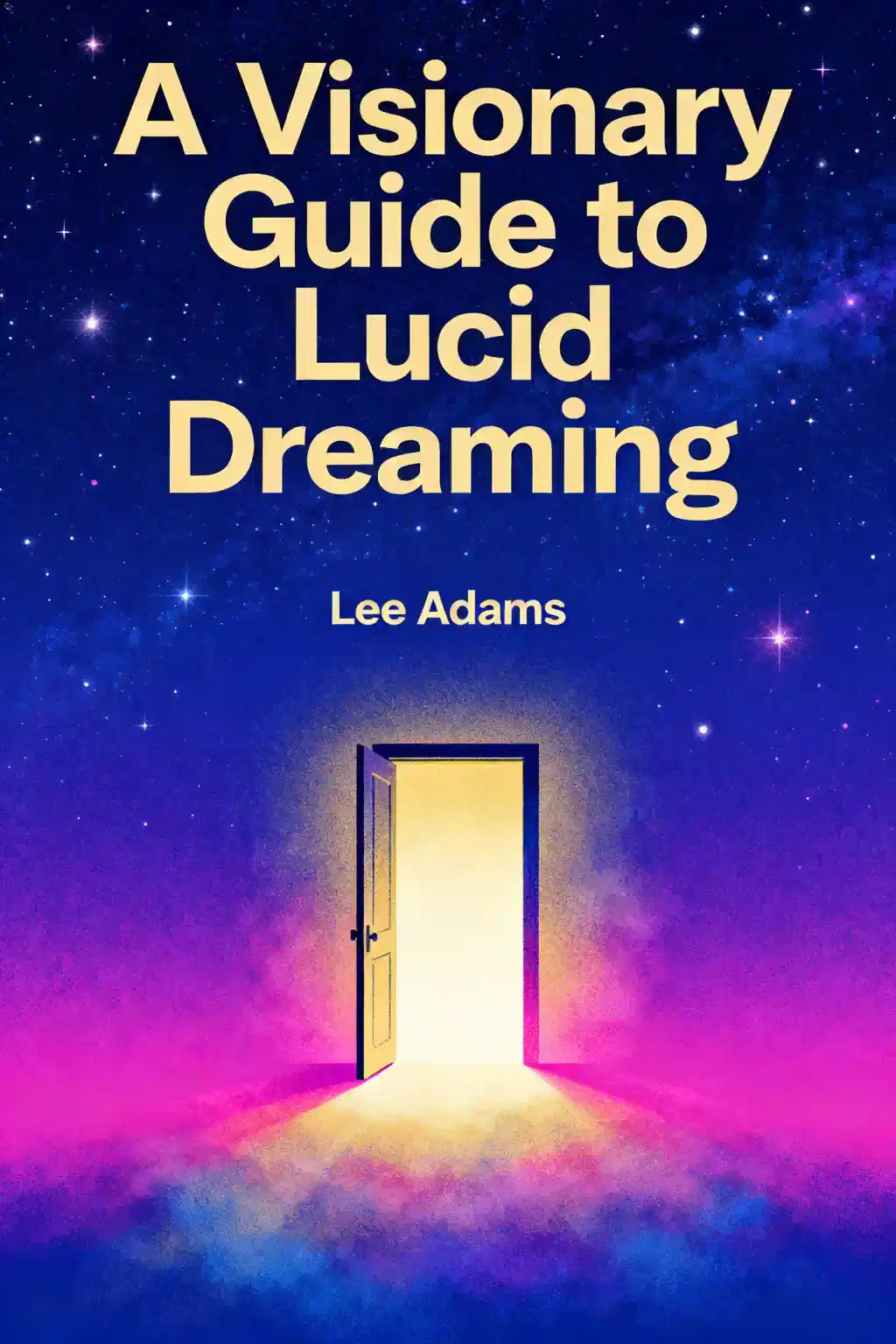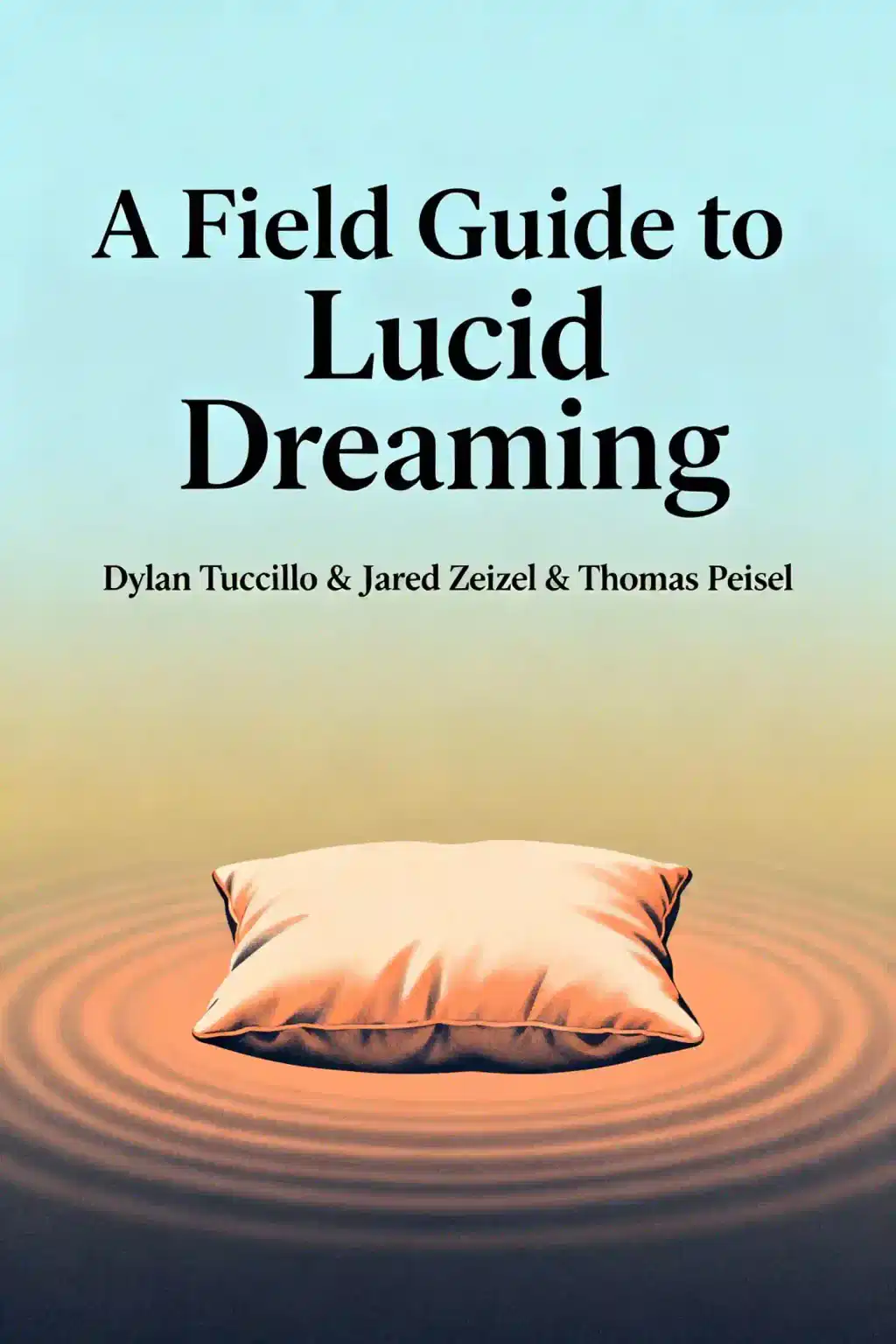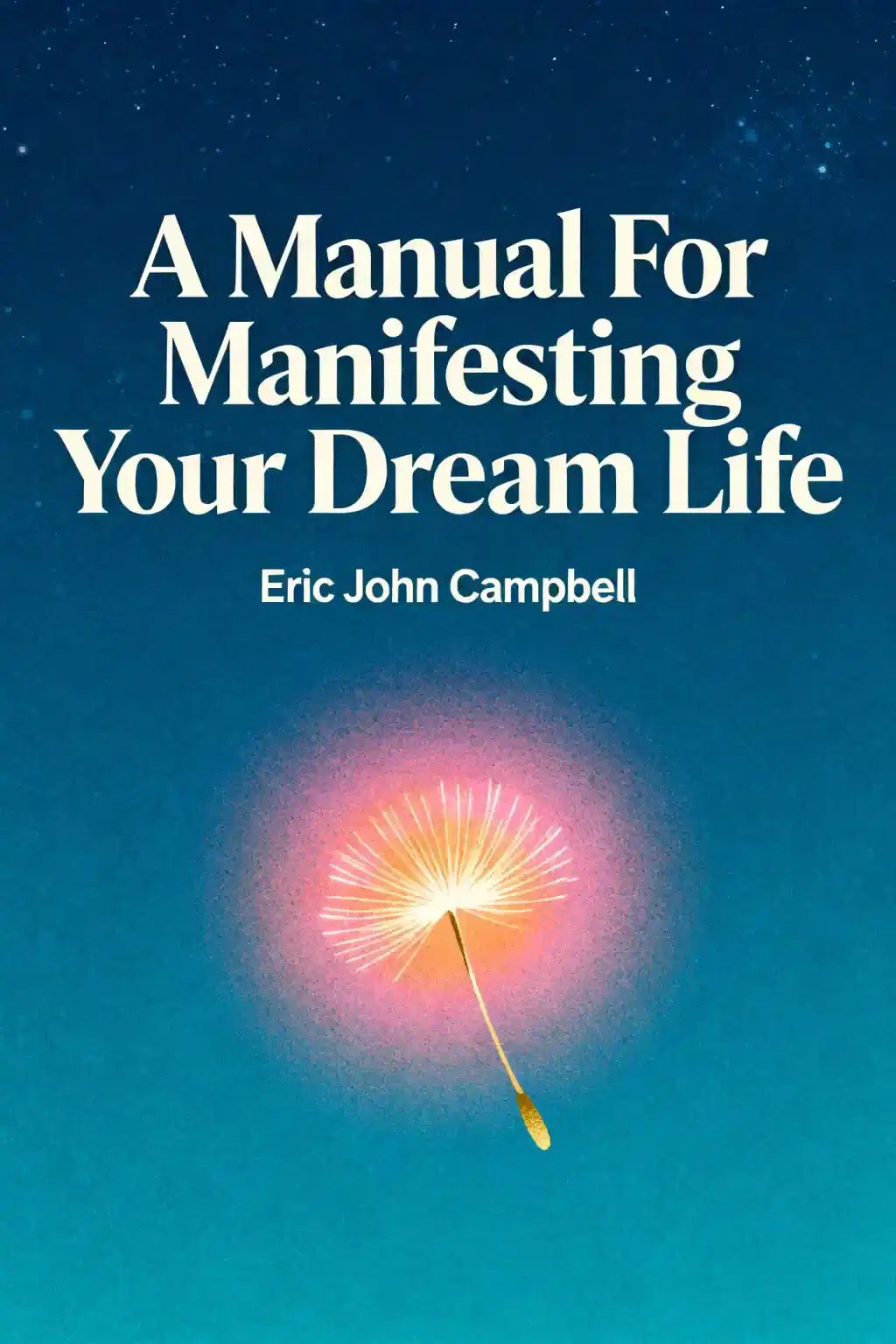What is
A Visionary Guide to Lucid Dreaming about?
The book provides a step-by-step framework for mastering lucid dreaming, blending practical techniques like MILD and WILD with Jungian psychology. It explores how conscious dreaming enhances self-awareness, integrates subconscious insights into daily life, and examines supplements like Galantamine to improve dream vividness. Grounded in neuroscience and decades of research, it bridges ancient practices with modern science.
Who should read
A Visionary Guide to Lucid Dreaming?
Ideal for beginners seeking foundational methods, experienced dreamers wanting advanced strategies, and anyone interested in consciousness studies or Jungian psychology. It’s also valuable for those prioritizing sleep hygiene or using dreams for creativity, problem-solving, or emotional healing.
Is
A Visionary Guide to Lucid Dreaming worth reading?
Yes—it combines empirical research with actionable techniques, offering tools for lucid dreaming and personal growth. Readers praise its balanced approach to dream interpretation, sleep optimization, and overcoming obstacles like sleep paralysis. Critics note its depth may overwhelm casual readers.
What are Lee Adams' credentials for writing about lucid dreaming?
Lee Adams is a Ph.D. candidate in Jungian Psychology, host of the Cosmic Echo podcast, and a practitioner with 20+ years of experience. His work integrates academic rigor with firsthand insights into dreamwork and subconscious exploration.
What are the best techniques in
A Visionary Guide to Lucid Dreaming?
Key methods include:
- MILD (Mnemonic Induction): Rehearsing dream awareness before sleep.
- WILD (Wake-Initiated): Transitioning consciously into dreams from wakefulness.
- Reality checks: Daily habits to trigger lucidity.
- Dream journaling: Enhancing recall and pattern recognition.
How does
A Visionary Guide to Lucid Dreaming address dream interpretation?
The book teaches decoding symbolic language through Jungian archetypes, shadow work, and recurring motifs. It emphasizes contextualizing dream symbols within personal experiences rather than relying on generic interpretations.
What supplements does Lee Adams recommend for lucid dreaming?
Adams suggests:
- Galantamine: Boosts acetylcholine for vivid dreams.
- Alpha-GPC: Supports memory and recall.
- Mugwort: Traditionally used to intensify dream clarity.
He cautions moderation and consulting healthcare providers.
How does this book compare to other lucid dreaming guides?
Unlike tactical manuals, it merges dream practice with Jungian depth psychology and sleep science. It uniquely prioritizes integrating dreams into waking life for holistic growth, rather than just achieving lucidity.
What are criticisms of
A Visionary Guide to Lucid Dreaming?
Some reviewers find its advanced sections overly complex for newcomers. Others note the supplement recommendations may not suit everyone, and the Jungian focus may alienate readers seeking purely scientific approaches.
Why is
A Visionary Guide to Lucid Dreaming relevant in 2025?
As stress and screen time disrupt sleep cycles, the book’s emphasis on mindfulness and subconscious exploration aligns with growing interest in mental wellness. Its holistic methods resonate in an era prioritizing integrative health.
What are key quotes from
A Visionary Guide to Lucid Dreaming?
- “Lucid dreaming should no longer be seen as esoteric”: Demystifies the practice for mainstream audiences.
- “Dreams can shape our reality”: Highlights the transformative power of integrating dream insights.
How does the book approach overcoming sleep paralysis?
Adams reframes sleep paralysis as a gateway to lucidity, advising relaxation techniques and mental refocusing instead of fear. This aligns with clinical approaches to reducing panic during transitional sleep stages.
Can
A Visionary Guide to Lucid Dreaming improve creativity?
Yes—by accessing the subconscious, readers report breakthroughs in artistic projects and problem-solving. The book encourages “dream incubation,” where specific questions are posed before sleep to harness creative answers.




















